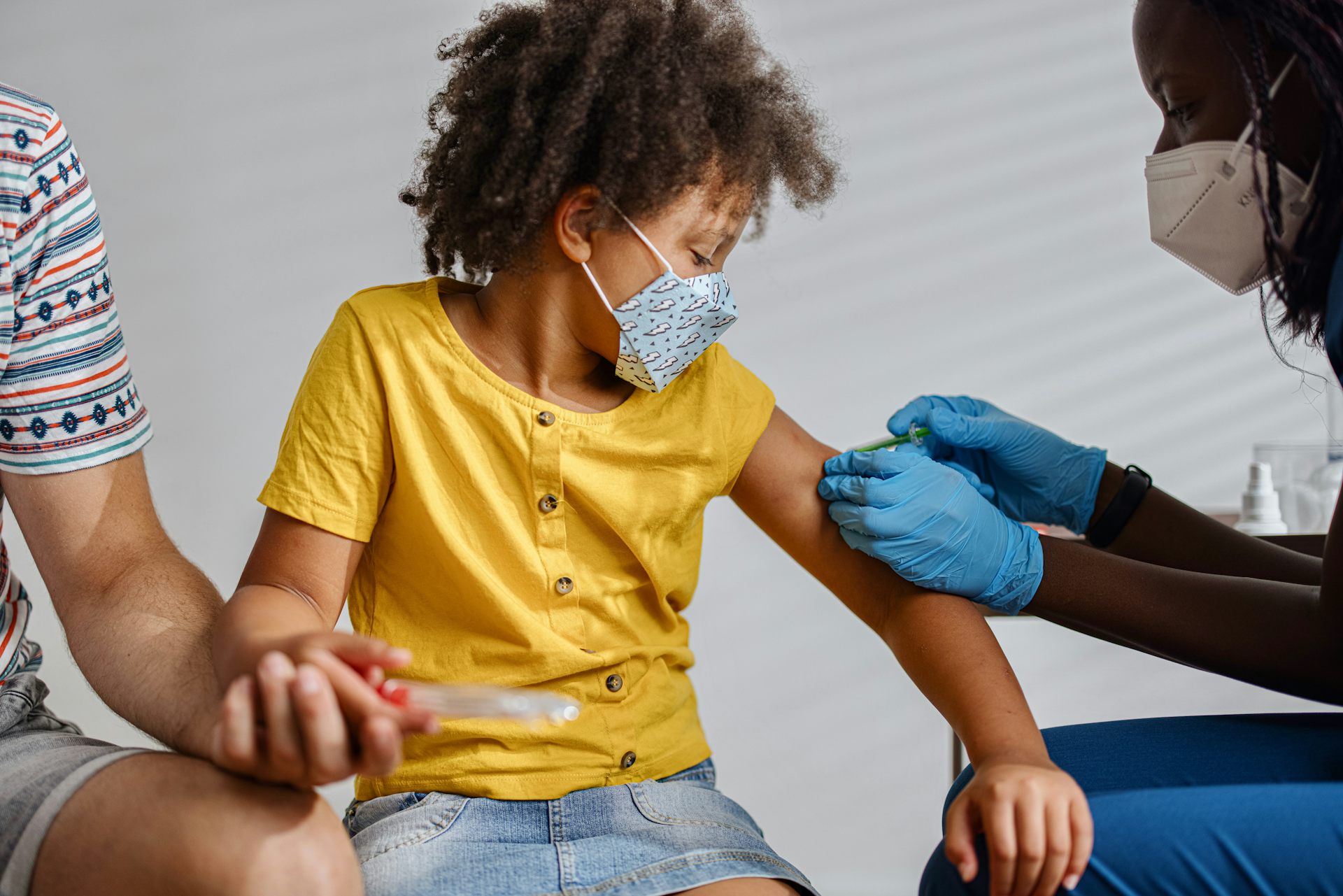Gun control and March for Our Lives: 4 essential reads
Student activists marching Saturday want Congress to enact comprehensive gun control. Here is a selection of stories from our archive that will help you understand the issues raised by the students.
Editor’s note: The following is a roundup of stories from The Conversation’s archive.
Students from across the country will march in Washington, D.C., on Saturday. Similar marches will take place elsewhere in the U.S. Organized by survivors of the Parkland school shooting in Florida, the protesters want Congress to pass gun control legislation.
Among the activists’ demands: Ban assault weapons, stop the sale of high-capacity ammunition magazines and mandate background checks for every gun purchase.
Here are a selection of stories from our archive that will help you understand the issues raised by the students:
1. Can security measures stop school shootings?
When shootings happen, one common response of policymakers is to demand better security at schools – or what’s known as “target hardening.” More metal detectors, more surveillance cameras and more lockdown policies would be among these steps.
Scholars Bryan Warnick, Benjamin A. Johnson and Sam Rocha write that while it may seem sensible, there’s scant evidence that such an approach will decrease the likelihood of a school shooting. There were surveillance cameras used at the terrible scene of the 1999 massacre at Columbine High School; and a lockdown during the Sandy Hook school shooting did not save children there.
And, the authors write, there’s a subtle negative effect from instituting such measures: “Filling schools with metal detectors, surveillance cameras, police officers and gun-wielding teachers tells students that schools are scary, dangerous and violent places – places where violence is expected to occur.”
2. School shooters share traits
After Columbine, the U.S. Secret Service joined with the Department of Education in 1999 to study school shooters. They wanted to see whether there were traits and patterns common to those shooters that could be detected and used as early warnings.
Scholar Jeff Daniels writes that the study found that most attackers “progressed through a process” and that their crimes were not “sudden, impulsive acts.”
Equally important: In most cases, there were people who knew of the attacker’s plans. And many attackers had exhibited behavior that worried others and showed that they needed help.
3. Arming teachers could make things worse
Both President Donald Trump and the National Rifle Association responded to the Florida shootings with proposals to arm teachers. Scholars Aimee Huff and Michelle Barnhart write that the proposal misses the mark.
“While carrying a gun may reduce the risk of being powerless during an attack,” they write, “it also introduces substantial and overlooked risks to the carrier and others.” Chief among those risks: That the teacher may shoot an innocent person.
4. Law enforcement’s limited options
Legal scholar James Jacobs writes that some abhorrent or disturbing behavior isn’t illegal. That’s important to understand when, after a school shooting, people ask: “Why didn’t they do something to stop him? Everyone knew he was strange and violent.”
Jacobs writes that prior to the Parkland shooting, shooter Nikolas Cruz had attracted attention – “family members, school personnel and neighbors had reported Cruz’s disturbing, threatening and violent behavior many times to police and social services.” But Jacobs writes: “Florida police have limited options when faced with a potential shooter like Cruz. They can take him to a mental hospital for evaluation. They can try to persuade him to surrender his firearms, but they cannot seize his guns.”
The best option for stopping a shooter like Cruz from killing in the future, writes Jacobs, is a “civil commitment to a mental hospital, where the disturbed person’s mental and emotional state is addressed.”
Read These Next
FDA claims on COVID-19 vaccine safety are unsupported by reliable data – and could severely hinder v
The agency’s plan to change the well-established process for safety testing vaccines is not realistic.
A hard year for federal workers offers a real-time lesson in resilience
During a year of extraordinary uncertainty, workers built resilient networks within and across boundaries…
Why one theologian’s advice for a bitterly divided nation holds true today
Sebastian Castellio penned one of the first arguments for religious freedom – but it went unheeded…





